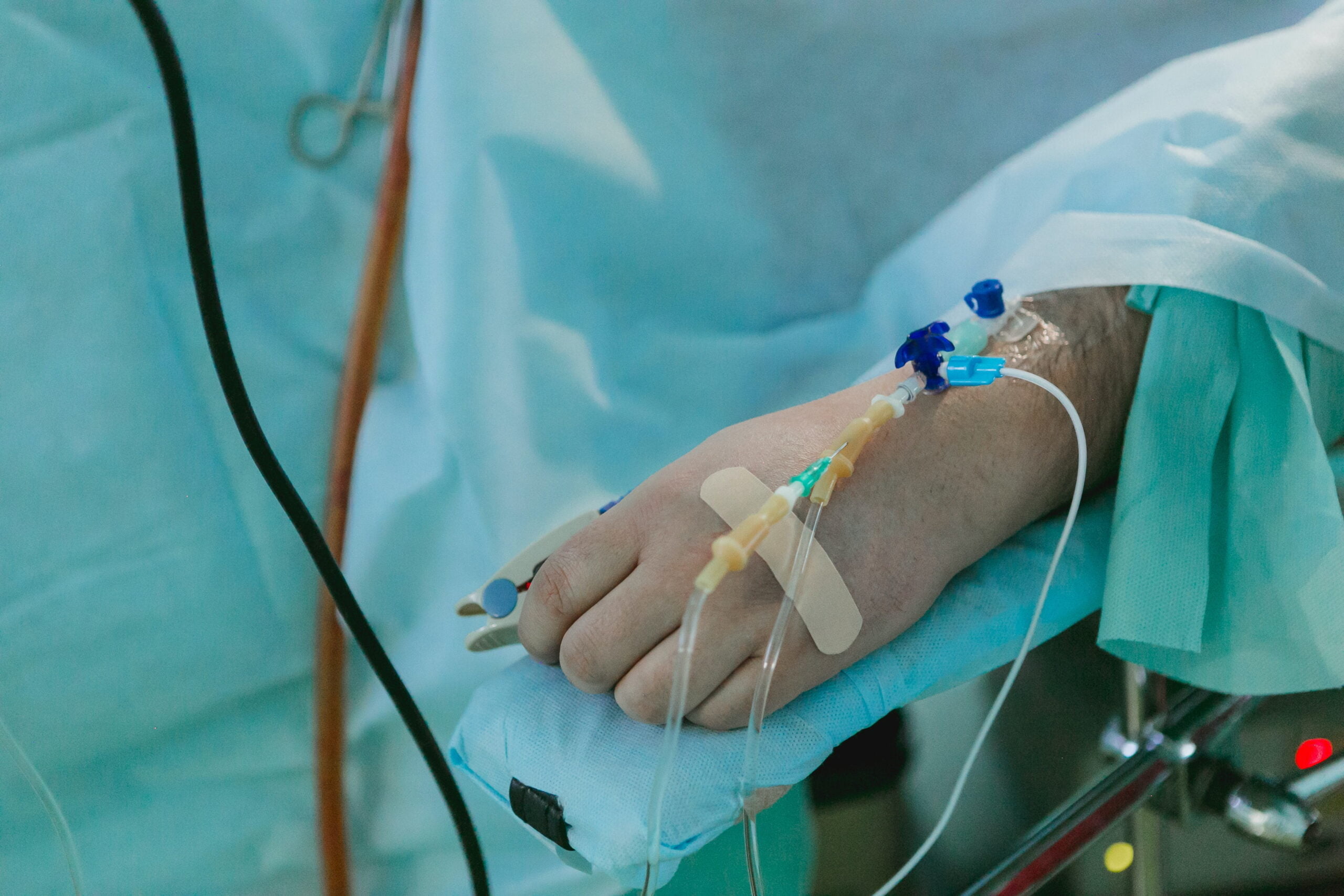AI significantly improves early detection of sepsis in hospitals

An AI system for early detection registers 82 percent of sepsis cases. It could soon save the lives of thousands of people.
Sepsis is one of the most common diseases in the inpatient sector. Despite treatment, about 25 percent of patients with sepsis die, and in severe sepsis as many as 45 percent. Starting treatment as early as possible significantly increases the chances of survival.
Infectious diseases that get out of control cause Sepsis. In the United States, some 200,000 people die from sepsis each year, with many deaths considered preventable according to studies. Sepsis is also the seventh leading cause of infant mortality in the United States.
The World Health Organization classified sepsis as a global threat in 2017, estimating that 49 million people were affected and 11 million died from it that year - about 20 percent of annual global deaths.
Early detection of sepsis makes the difference between life and death
Detecting sepsis early is one of the critical factors that determine the course of the disease. However, early symptoms such as fever or confusion resemble those of other diseases and so are sometimes overlooked.
Researchers at Johns Hopkins University have therefore developed an AI early warning system for sepsis. The program analyzes patients' medical history together with current symptoms and lab results to determine if they are at risk for sepsis. The AI system also suggests treatment protocols, such as the use of antibiotics.
The Targeted Real-Time Early Warning System (TREWS) also tracks patients from the moment they arrive at the hospital until they are discharged, ensuring that no important information is overlooked - even when staff changes or patients are transferred. The rollout of the system at all hospitals was led by AI company Bayesian Health, a spinoff from Johns Hopkins University in 2016.
In several Johns Hopkins University studies, more than 4,000 attending physicians from five hospitals used the AI system in treating 590,000 patients. The researchers also tested TREWS' diagnostic capabilities with 173,931 prior cases.
TREWS AI system significantly outperforms older systems
According to one study, 38 percent of all TREWS alerts were actual sepsis cases. Overall, the AI system thus detected 82 percent of all sepsis cases occurring in patients studied.
"This is a breakthrough in many ways," said co-author Albert Wu, an internist and director of the Johns Hopkins Center for Health Services and Outcomes Research. "Up to this point, most of these types of systems have guessed wrong much more often than they get it right."
Other electronic sepsis detection tools detect only 33 percent of all sepsis cases. Moreover, in the total number of all alerts from such systems, actual sepsis cases account for only two to five percent. "Those false alarms undermine confidence," Wu said.
Alerts from TREWS responded to within three hours led to an average of nearly two hours more advanced antibiotic treatment, the authors write. That led to lower hospital mortality, fewer organ failures and a shorter length of stay in the hospital, they say.
TREWS expected to save thousands
"It is the first instance where AI is implemented at the bedside, used by thousands of providers, and where we're seeing lives saved," said Suchi Saria, founding director of the Malone Center for Engineering in Healthcare at Johns Hopkins University and lead author of the studies. Saria expects TREWS and similar systems to save thousands of sepsis patients annually.
Saria and her colleagues plan to expand TREWS to other problem areas besides sepsis in the future. Already, the team has adapted the technology to identify patients at risk for pressure injuries, as well as sudden deterioration from bleeding, acute respiratory failure, and cardiac arrest. TREWS is fundamentally different than older systems that don't rely on AI, she said.
"It's adaptive and takes into consideration the diversity of the patient population, the unique ways in which doctors and nurses deliver care across different sites, and the unique characteristics of each health system, allowing it to be significantly more accurate and to gain provider trust and adoption," Saria said.
AI News Without the Hype – Curated by Humans
As a THE DECODER subscriber, you get ad-free reading, our weekly AI newsletter, the exclusive "AI Radar" Frontier Report 6× per year, access to comments, and our complete archive.
Subscribe now